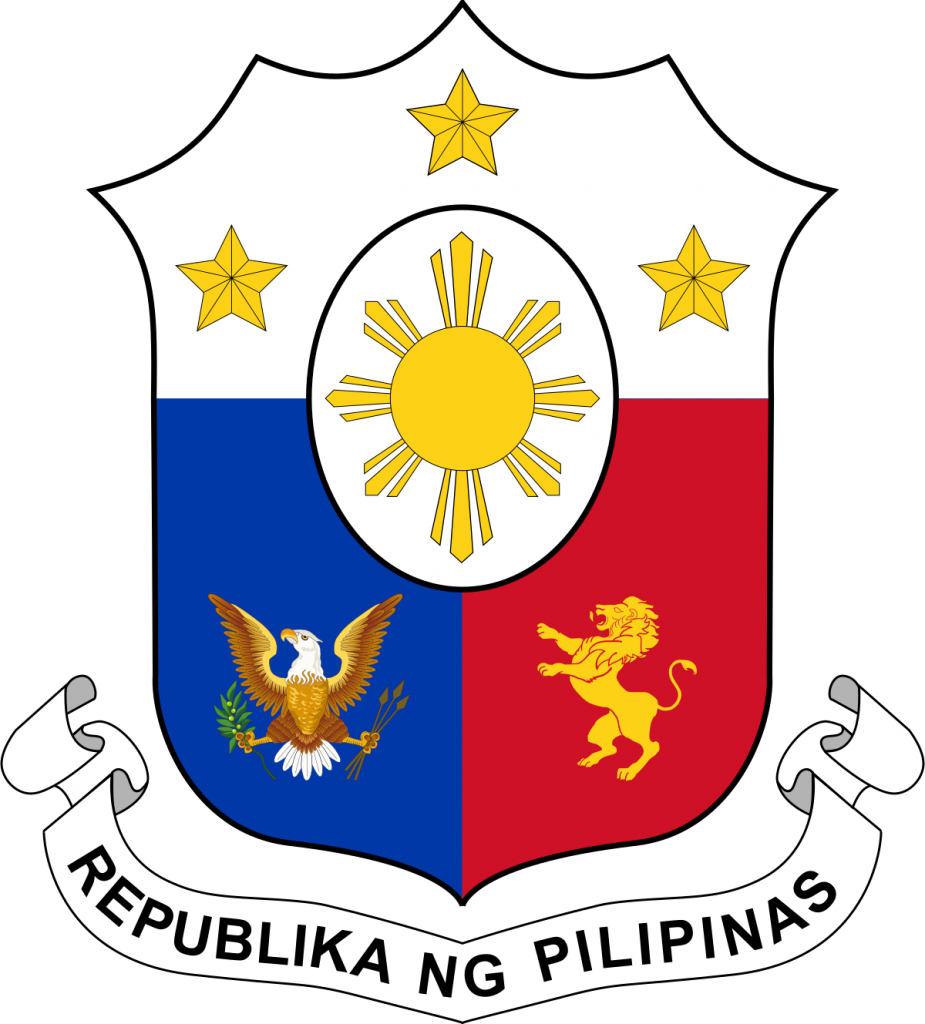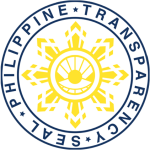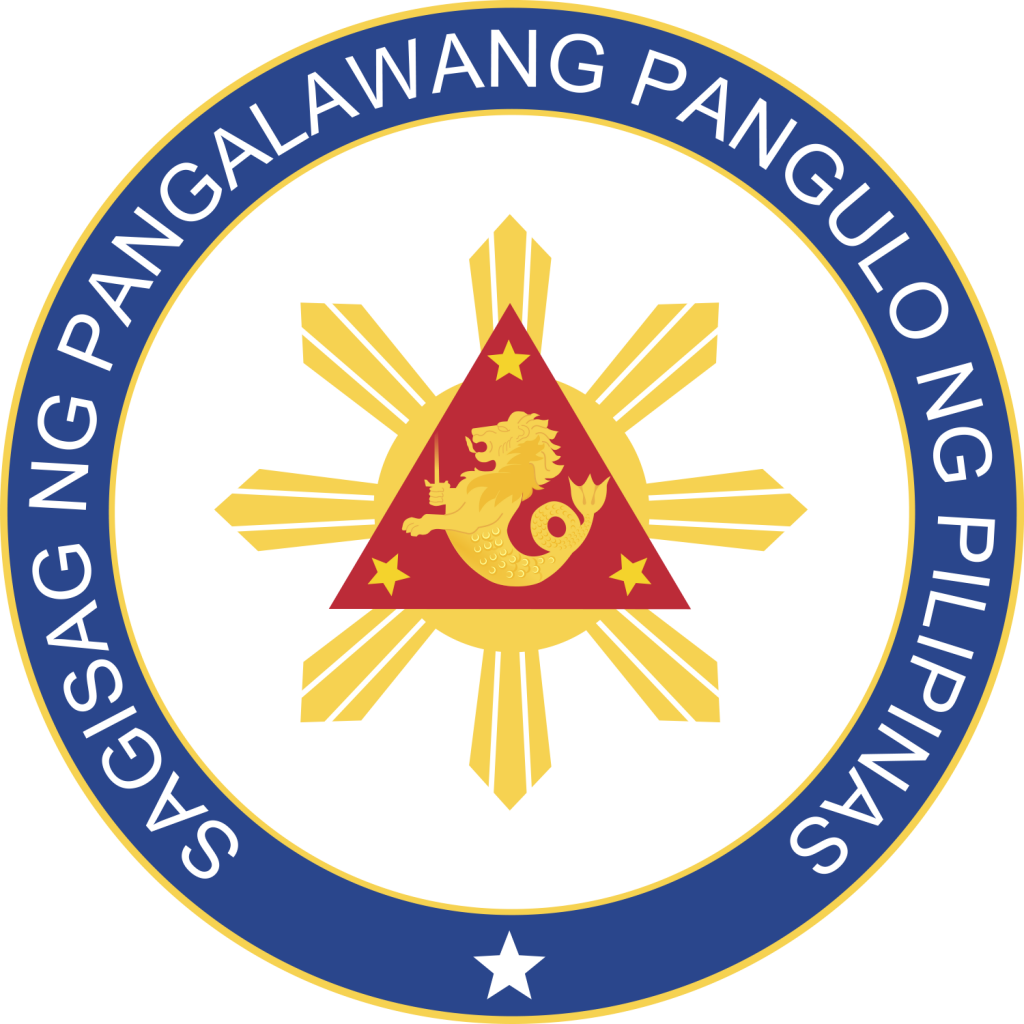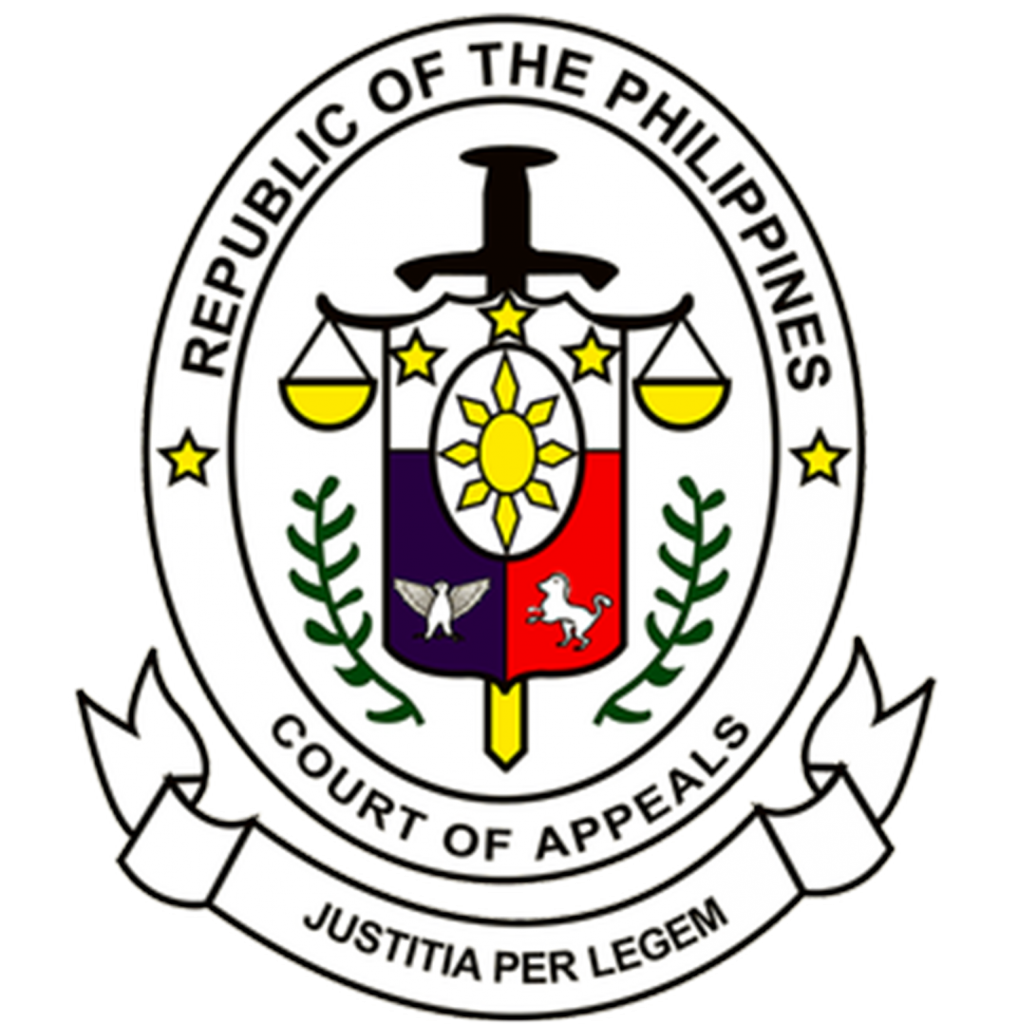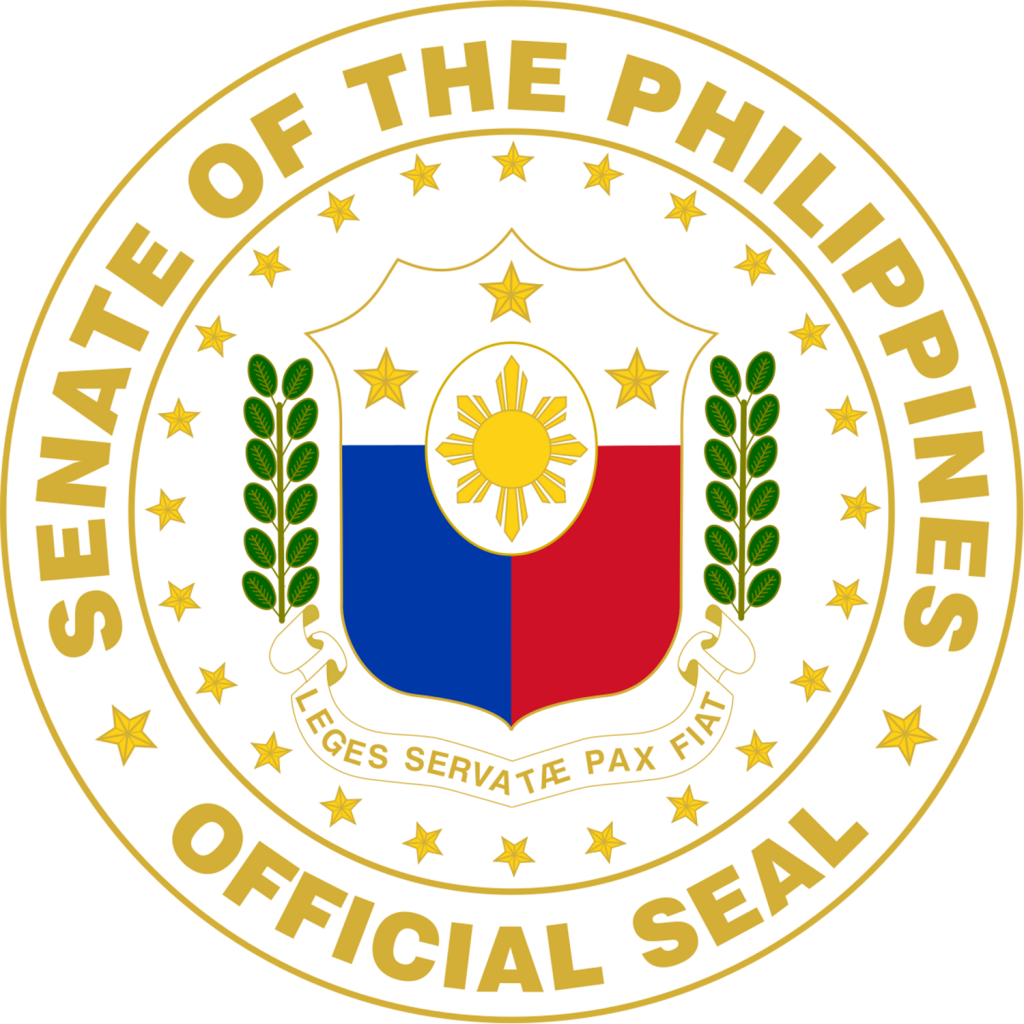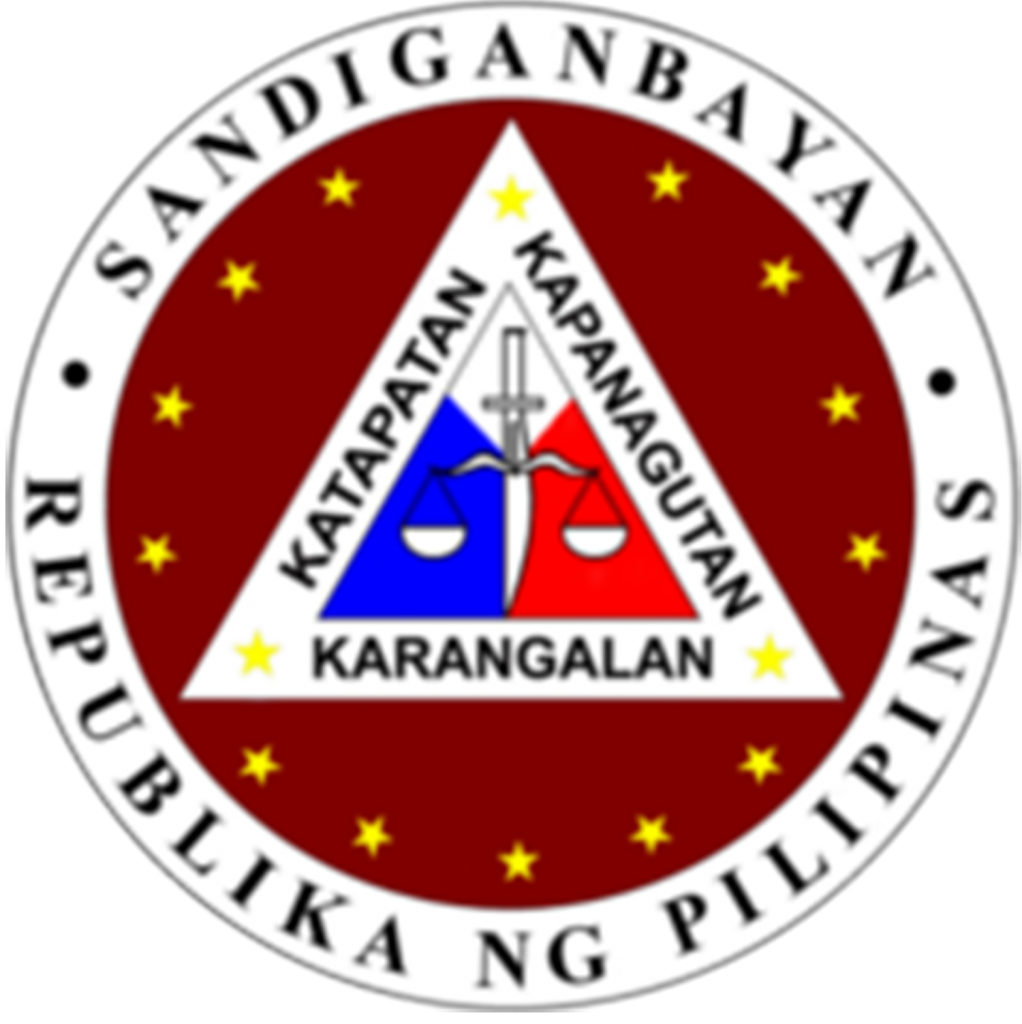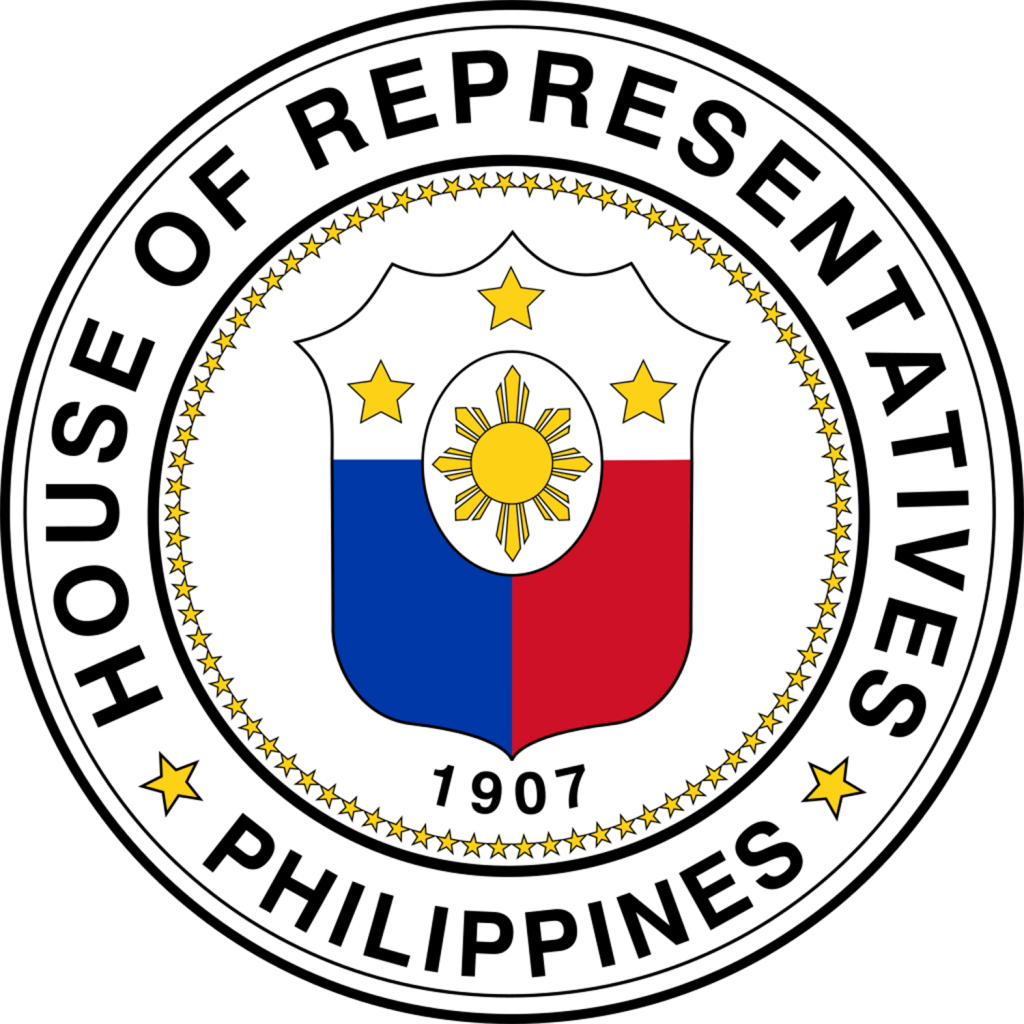Discover Benguet!
History
EARLY SETTLEMENTS AND TRADE MOVEMENTS
Long before the coming of the Spanish colonizers to the Philippines, the people of Benguet walked and lived on the land, mountain and valleys of the southern Cordillera mountain range down to the sea coasts of Ilocos Sur, Pangasinan, and La Union to as far as the ancient trading enters of Ituy in the northern plain of Luzon. There were no political subdivisions or subjugations. Movements and settlements were in search of rich hunting grounds, fertile valleys and abundant resources of the earth, rivers and seas, and places of barter and trade. Thus, the book “A People’s History of Benguet” states:
“A RECONSTRUCTION OF BENGUET HISTORY, THEREFORE, ENCOMPASSES PRESENT-DAY BENGUET AND INCLUDES THE WESTERN COASTAL PROVINCE OF PANGASINAN, LA UNION, AND ILOCOS SUR FROM SOUTHERN LINGAYEN GULF TO THE OUTLET OF AMBURAYAN RIVER IN THE NORTHERN TOWN OF TAGUDIN, REMEMBRANCES OF TIMES LONG PAST ARE TIED TO THE RIVER SYSTEM OF THE AGNO, ANGALACAN-BUED, ARINGAY-GALIANO, NAGUILIAN aND AMBURAYAN, ALL IN NORTHERN LUZON. THE MOSSY FOREST HEIGHTS OF THE SOUTHERN CORDILLERA MOUNTAIN RANGE CONSTITUTE A NATURAL EAST AND SOUTHEAST BOUNDARY, “
The earliest known settlement as recounted in genealogical histories were the following twin settlement: Chuyo and Tonglo in Baguio- Tuba; Darew and Palaypay in Kapangan-Tublay; Imbose and Amlimay in Kabayan-Bugias; and Namiligan and Palatang in Mankayan- Bakun. The gold and copper settlement working sites were at Pancutcutan, Acupan, Apaiao, Penas and Locjo, all over Benguet.
Centers of barter and trade between the highlanders and lowlanders of the Centers of barter and trade between the highlanders and lowlanders of the northern Luzon were at Ituy now known as Aritao in Nueva Viscaya, Tagudin and Vjgan in the Ilocos, and Lingayen in Pangasinan. Benguet products such as gold, copper, iron, honey, bees wax were traded in exchange for lowland products such as salt, livestock, cotton or blankets, and wares from foreign shores such as beads, plates and jars. Slaves from the highlands and lowlands were also items of trade.
HOW BENGUET GOT ITS NAME
The name Benguet was first pronounced in La Trinidad, a thriving settlement at the crossroads to the lowland trading sites during the period of Spanish expeditions. La Trinidad then was a settlement around a lake alive with wildlife, wallowing carabaos dotted with patches of taro, rice, gabi and camote. In one ex pedition, a curious Spanish conquistador who saw this settlement noted that the people wore cloth coverings wrapped around their head several times . When he inquired about it, the native explained that the heavy head covering which the peo ple wore as protection from the searing cold and winds is termed “benget”. With the western accent of the colonizers “benget” was mispronounced as “benguet”. I n
time, it eventually become a general reference to the territories of the Iggorotes peo pled by the Ibaloi, Kankanaey, Kalangoya, and other minor tribes.
THE SEARCH FOR GOLD AND TOBACCO MONOPOLY
It was in search of copper and gold then being traded and said to be from the interior highland regions that Spanish explorers first ventured into the mountain vastness of Benguet in 1572 led by the Spanish conquistador, General Juan de Salcedo.
From then on, for half a century, expeditions were dispatched in an attempt to subjugate the lands, gold and people of Benguet. Spanish missionaries likewise came into the mountains either with the expeditions or by themselves. In 1664, the fierce and relentless resistance of the Benguet people made the Spanish rulers decides to withdraw attempts at subjugation.as well as the pursuit of Benguet gold.
Intermittent incursions into the Benguet Mountains and the unceasing resistance of the people by shrewdness and the spear were recorded in military and religious journals. One such invasion was the battle at Tonglo in 1759. Tonglo, a settlement between present day Baguio City and Tuba, was subjected to five hours of heavy artillery fire then destroyed after a fierce struggle. Although Tonglo was destroyed, the Spaniards withdrew.
The people of Benguet called Igorrotes by the Spanish colonizers remained free and independent until the decree on tobacco monopoly
A lucrative production and trade of tobacco was then undertaken by the Igorrotes outside Spanish government control, which was not subject to tax. Also, reports of raids of the mountain people on the lowlands and the flight of fugitives to the mountain areas caught once again the attention of the Spanish colo nizers. Punitive expeditions into the Benguet lands were then organized in 1829 to 1833 led by Commandante Guillermo Galvey, which resulted in the burning of villages and settlements.
|n 1852 in an effort to map out the mountain territories and contain the illegal trade of tobacco, the “Pais de Igorrotes y Partidas del Norte Pangasinan” was established. This was later divided into four military districts of Benguet, Yamcayan, Abra and Ifugao.
Later in 1846, the Distrito de
Benguet as a Commandancia. Politico Militar was
instituted under the military jurisdiction of the lowland prov
inces. In 1854, the Distrito de Benguet became a regular Commandancia. Politico Militar. La Trinidad was named the capital of the Distrito de Benguet The Rancherias comprising Benguet were Baguio, Sablan, Galiano, Ambu- clao, Dacian, Bocot, Adaoay, Cabayan, Loo, Tublay, Capangan, Balacbac,
Quibungan, Palina, Ampusongan, Ytogon and Atoc. Spanish authority and presence in the Pais de Igorrotes commandancias, however, were intermittent and limited to the capital rancherias. Subsequently established in 1847, 1852, and 1890, were the Commandancias Politico Militar of Lepanto-Bontoc, Tiangan and Amburayan. Included in the territories of these commandancias were portions of the present- day municipalities of Bakun, Mankayan and Buguias.
POLITICAL HISTORY: THE EARLY BEGINNINGS
During the Philippine revolution of 1898 against Spain led by General Emilio Aguinaldo and Andres Bonifacio, the Benguet people rallied forth under the leadership of Juan Oraa Carino, Mateo Carantes, Magastino Laruan and Piraso. Benguet was established as a Province in 1899 under the First Philip pine Republic with Juan Oraa “Ahino” Carino appointed as Governor and Presi dent of the Board. The seat of the provincial government was in Tuel, Tublay. One of the bastions of the First Philippine Republic was in Benguet where the President of the Philippine Congress, Mr. Vicente Patemo, Sr. took refuge and protection.
During the American Period,
first Civil Government was established in Benguet on November 23, 1900 under Act 49 with H.P. Whitmarsh, a journalist by profes- sion, appointed as Civil Governor.
The rancherias under the Distrito de Benguet were termed town ships. Baguio was named the capital of Benguet.
On September 1, 1909, Benguets capital town, Baguio was established as a chartered city and its stead, the township of Tuba, was created. Baguio remained the capital of Benguet until 1916. After 1916, La Trinidad became the capital of Benguet.
On August 13, 1908 under Act 1876, Mountain Province was created consolidating the then Province of Benguet, the Commandancia of Quiangan, the sub-province of Kalinga and Apayao, the province of Lepanto-Bontoc and the sub-province of Amburayan. Benguet became a sub-province of Mountain Prov ince headed by a deputy governor.
On Februaiy 4, 1920 under Act 2877, the sub-province of Lepanto and
Amburayan were abolished. The territories of Lepanto and Amburayan were divided and placed under the provinces of Ilocos Sur, La Union and the sub-provinces of Benguet and Bontoc. With Act 2877 and executive orders issued by the Governor General, the nineteen original townships of Benguet were consolidated into 13 namely: Atok, Bakun, Bokod, Buguias, Itogon, La Trinidad, Kabayan, Kibungan, Kapangan, Mankayan, Sablan, Tuba, and Tublay. The 13 townships were now termed munici- palities. This number as well as the boundaries defined under the act and executive orders have remained so.
From 1920 to 1966, Benguet remained a sub-province of Mountain Province with other sub-provinces of Bontoc, Ifugao and Kalinga-Apayao.
On June 18, 1966 by virtue of Republic Act 4695 Mountain Province was divided into four provinces namely Benguet, Mountain Province, Ifugao and Kalinga-Apayao. Once-again, Benguet became a distinct and regular province.


